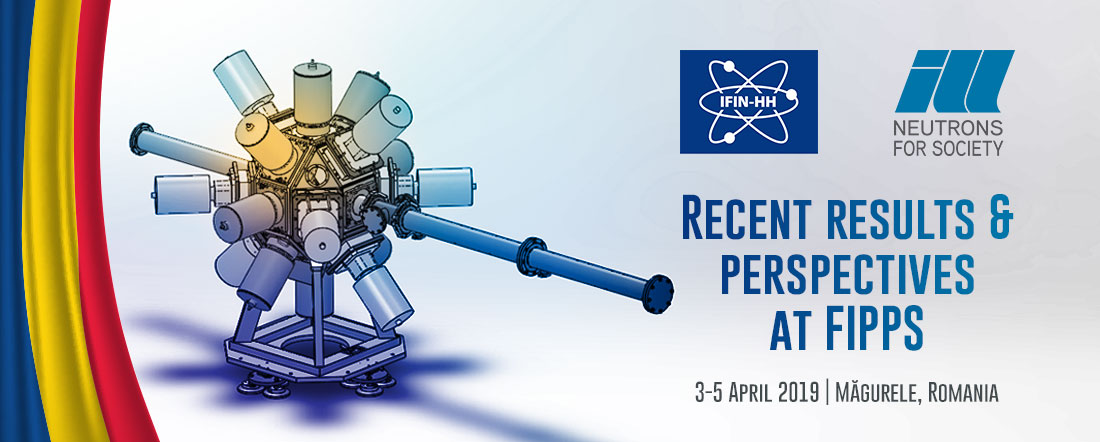Speaker
Description
The structure of Ca isotopes between N=20 and N=28 is crucial to understand the evolution of single-particle states and collectivity from symmetric to neutron-rich systems. Moreover, new experimental results may serve as a benchmark for the most advanced theoretical models, such as state-of-the-art shell model calculations [1] and ab-initio approaches, employing chiral two- and three-nucleon interactions [2].
The spectroscopic properties of 45Ca were measured in different experiments in the past, yet rather old ones [3-6]. A few states were observed, which were interpreted in terms of simple shell-model calculations and identified with (f7/2)^5 and (f7/2)^-3 neutron configurations, with respect to the 40Ca and 48Ca cores, respectively. However, more complex structures were identified in neighboring nuclei, such as coupled quadrupole-octupole vibrational states below 4.5 MeV in 44Ca [7].
In this context, we intend to search for quasiparticle states coupled to “core” excitations, which could be described by the extension of the Hybrid Configuration Mixing Model [8-9], being developed for open-shell, superfluid systems by the Milano group collaboration [10].
In this workshop, we will be discussing recent results on the structure of the 45Ca nucleus, studied at Institut Laue-Langevin (ILL) by the 44Ca(n,gamma) reaction. Its gamma-ray decay was investigated using the FIPPS HPGe clover array, coupled to LaBr3:Ce fast scintillators designed for lifetime measurements with fast-timing techniques. The preliminary level scheme, built with newly-observed gamma rays, will be presented and the following steps of the analysis will be outlined, along with possible theoretical interpretations.
This work is the continuation of the experimental campaign performed by this collaboration, aimed at studying the structure of Ca isotopes by neutron-capture reactions and gamma-ray spectroscopy, as already done in the case of the 41-47-49Ca nuclei [11].
[1] Y. Utsuno et al., Progr. Theor. Phys. Suppl. 196, 304 (2012).
[2] ] J.D. Holt et al., Phys. Rev. C 90, 024312 (2014).
[3] J. L. Yntema, Phys. Rev. C 4, 1621 (1971).
[4] H. Nann et al., Phys. Rev. C 14, 2089 (1976).
[5] A. Huck, et al., Phys. Rev. C 22, 1245 (1980).
[6] C. W. Beausang et al., Phys. Rev. C 34, 136 (1986).
[7] G. Coleman et al., Phys. Rev. C 13, 847 (1976).
[8] G. Colò et al., Phys. Rev C. 95, 034303 (2017).
[9] S. Bottoni et al., to be published.
[10] Y. Niu et al., to be published.
[11] S. Bottoni et al., to be published.

